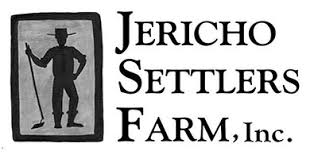About the Project:
Alyssum has shown great promise as an insectary/habitat plant in a variety of agroecosystems. The goal of this project is to evaluate alyssum habitat plantings as an integrated pest management (IPM) strategy to attract and sustain natural enemies of high tunnel vegetable crops in Vermont. Use of alyssum habitat plants in the unused space between high tunnels is an innovative way for growers to save money by attracting wild natural enemies that provide pest management services. By establishing the strips outside, there would be no loss of productive growing space within tunnels.
Project Updates:
We are in the second year of establishing alyssum along the exterior of high tunnels. The plantings are beautiful and have been attracting numerous beneficial insects. We are excited to collect data throughout the summer on the planting and tunnel crops for common pests like aphids, thrips and spider mites and their natural enemies.
For more information about this project and high tunnel pest management, check out these recent presentations:
- Integrated Pest Management of High Tunnel Pests (Perennia Food and Agriculture Inc. TunnelTalk Webinar, Apr. 7, 2025)
- High Tunnel Habitat Plantings Year 1 Results Preview (Vermont Vegetable & Berry Association Webinar, Feb. 12, 2025)
- Avoiding Aphid Outbreaks on High Tunnel Tomatoes (New England Vegetable & Fruit Conference, Manchester, NH, Dec. 18, 2024)
Photo Gallery
Below are some photos of the plantings and some of the natural enemies that have been observed.
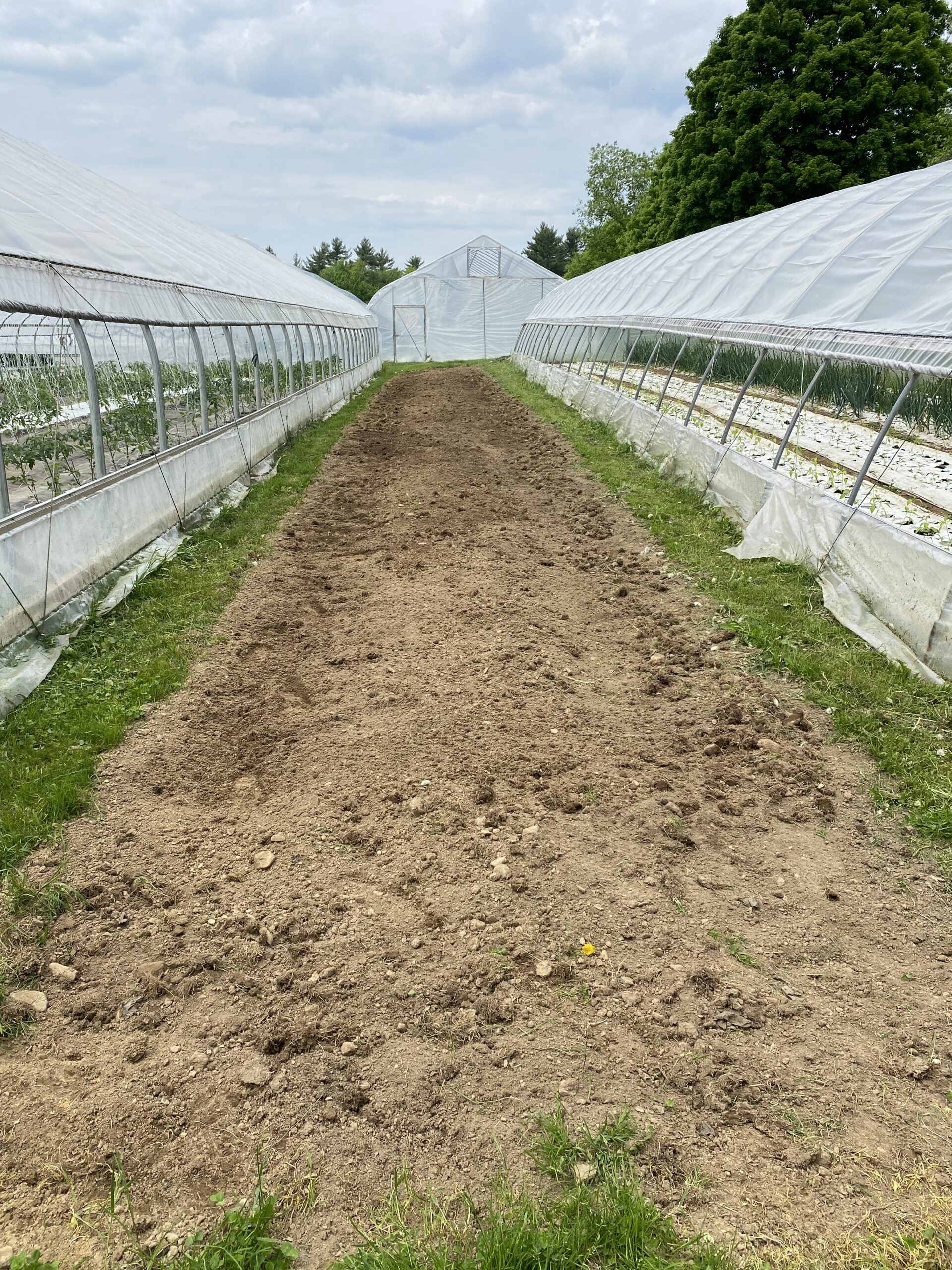



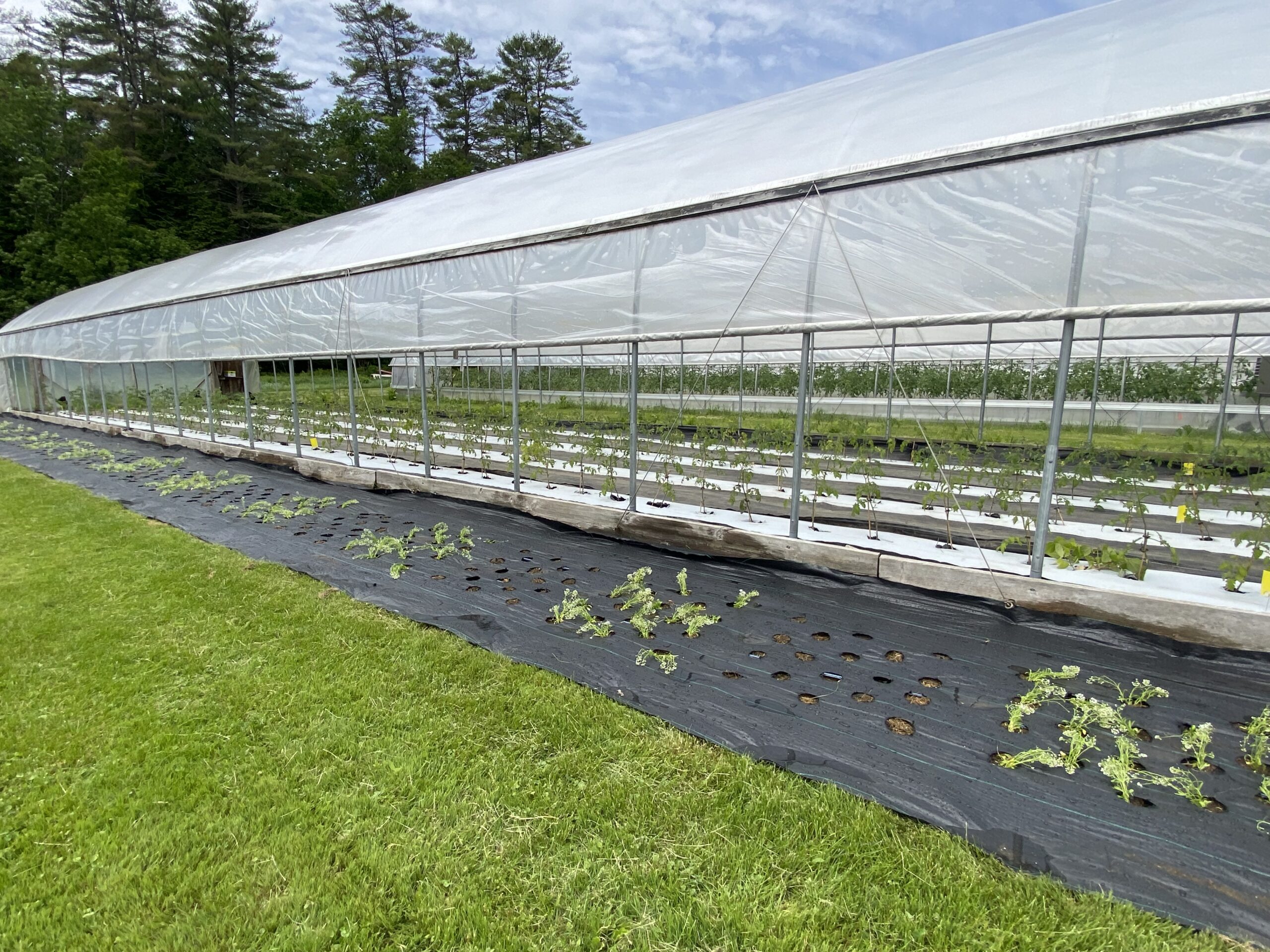



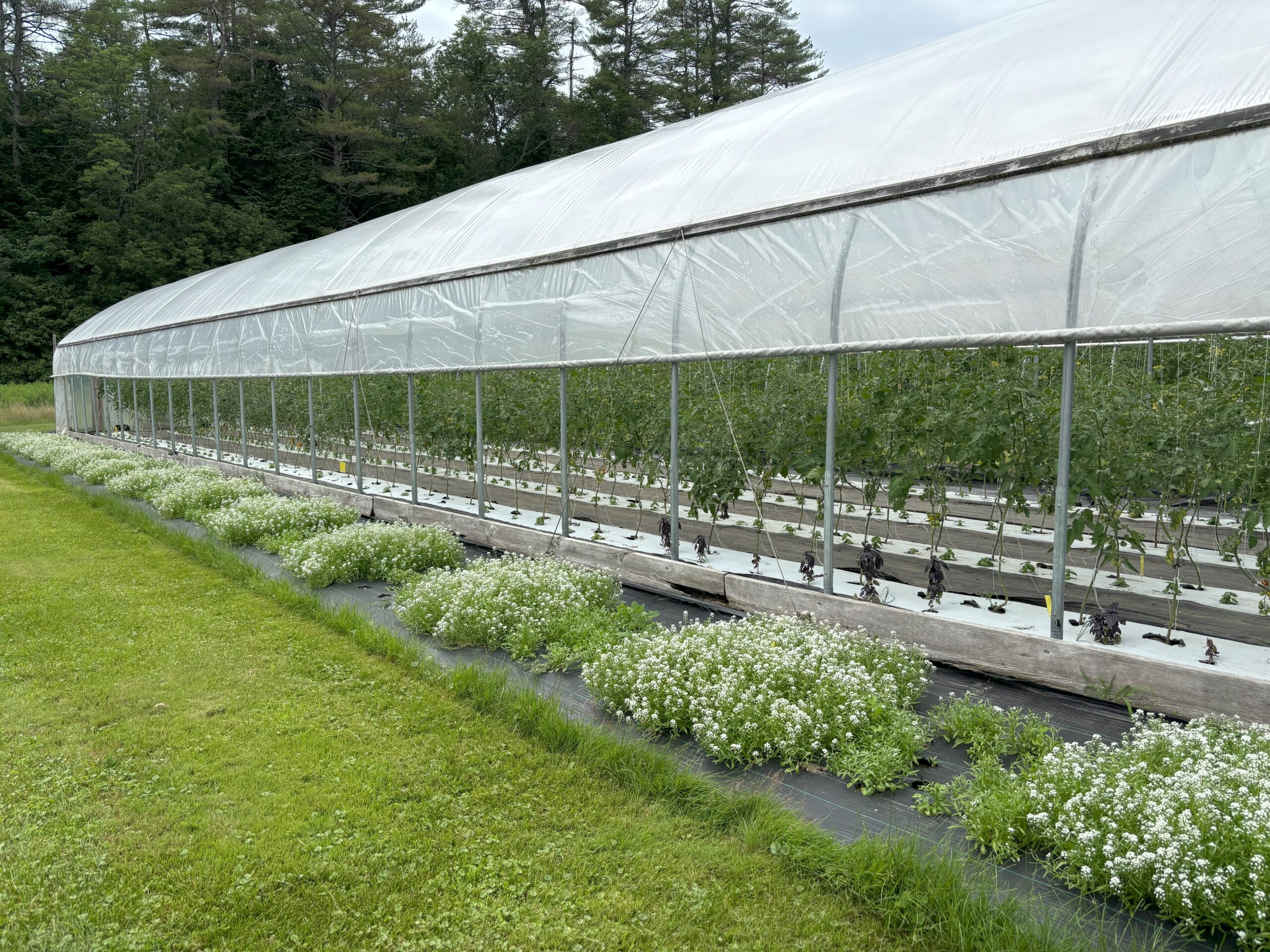
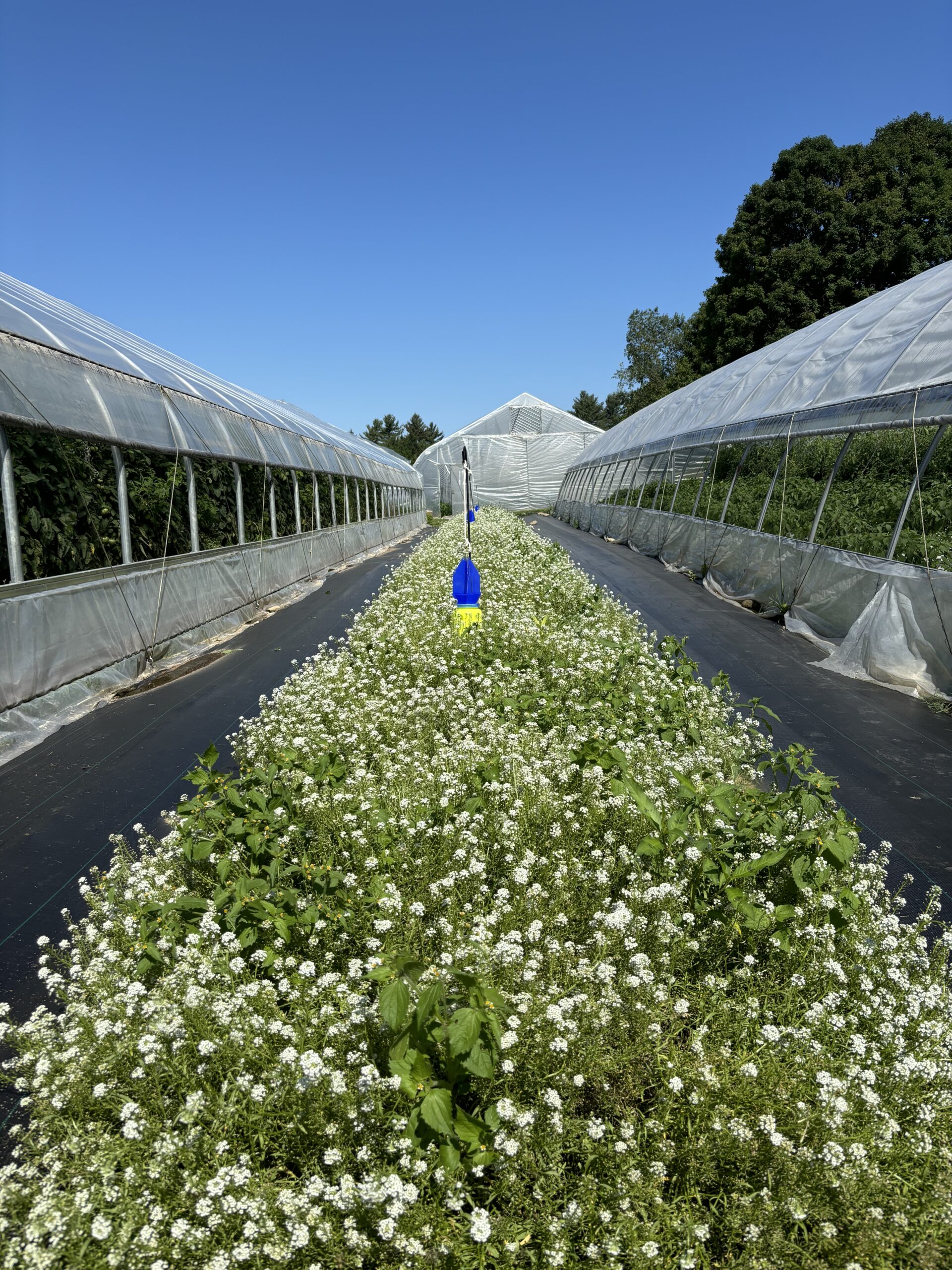


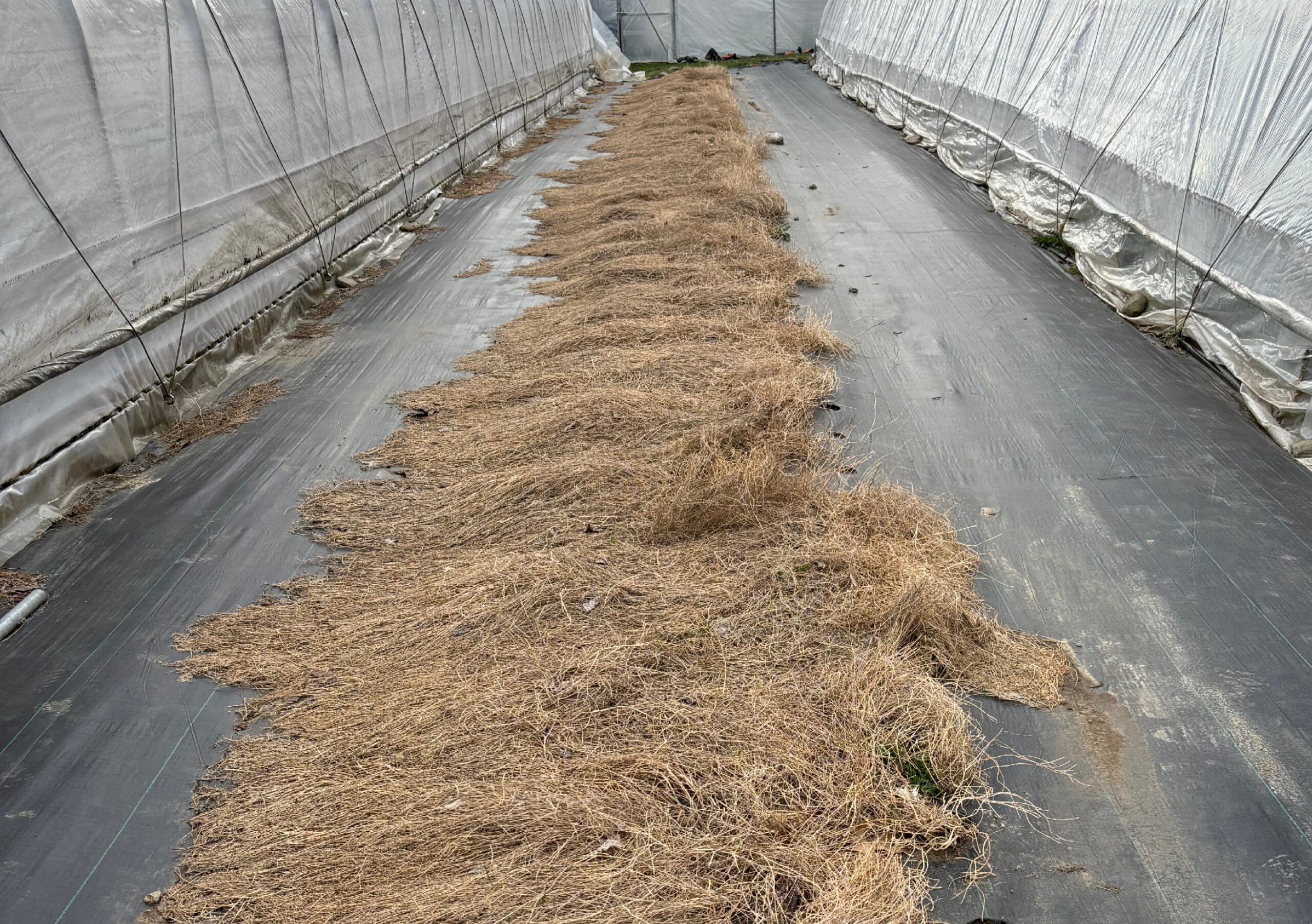
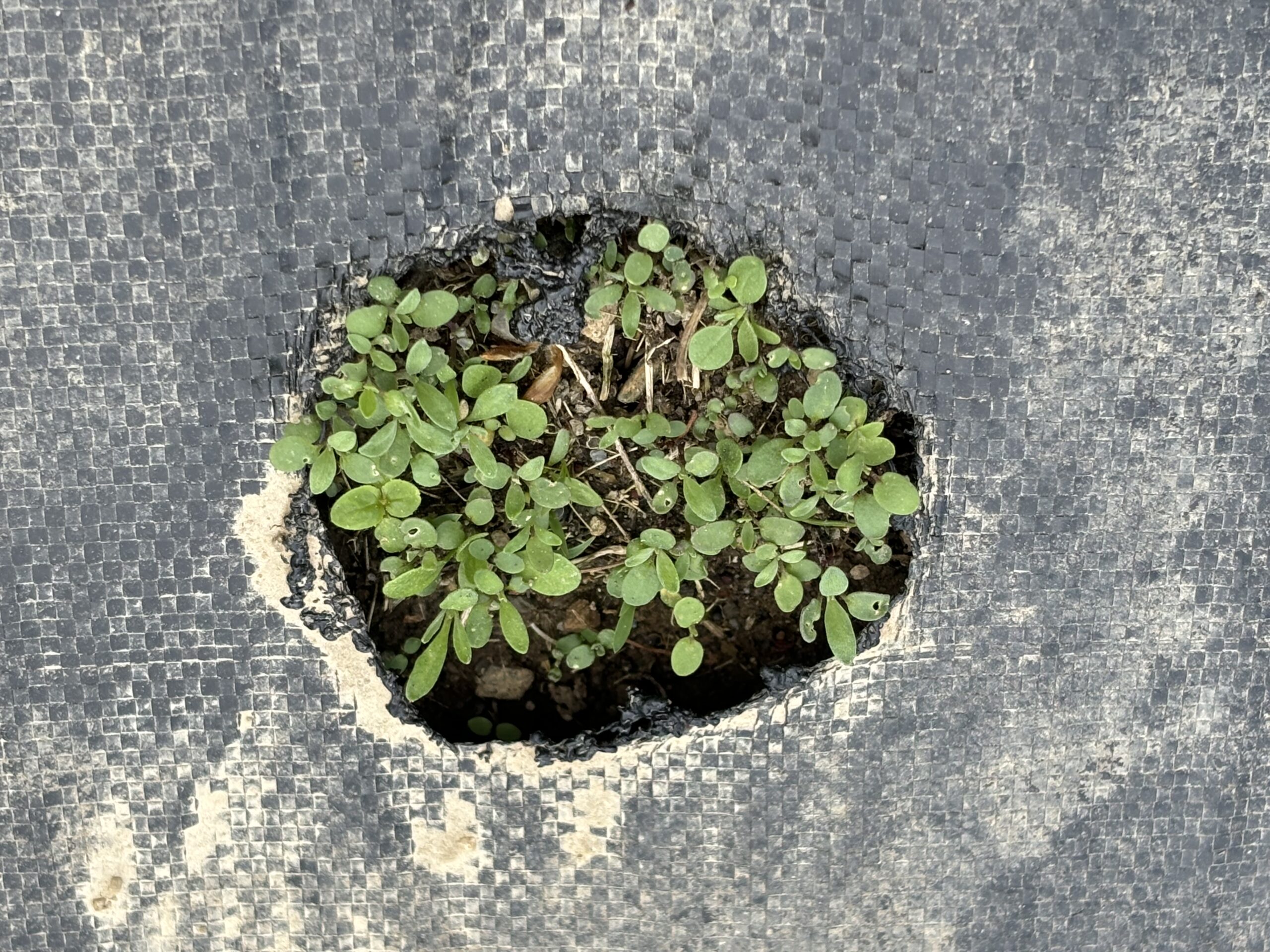
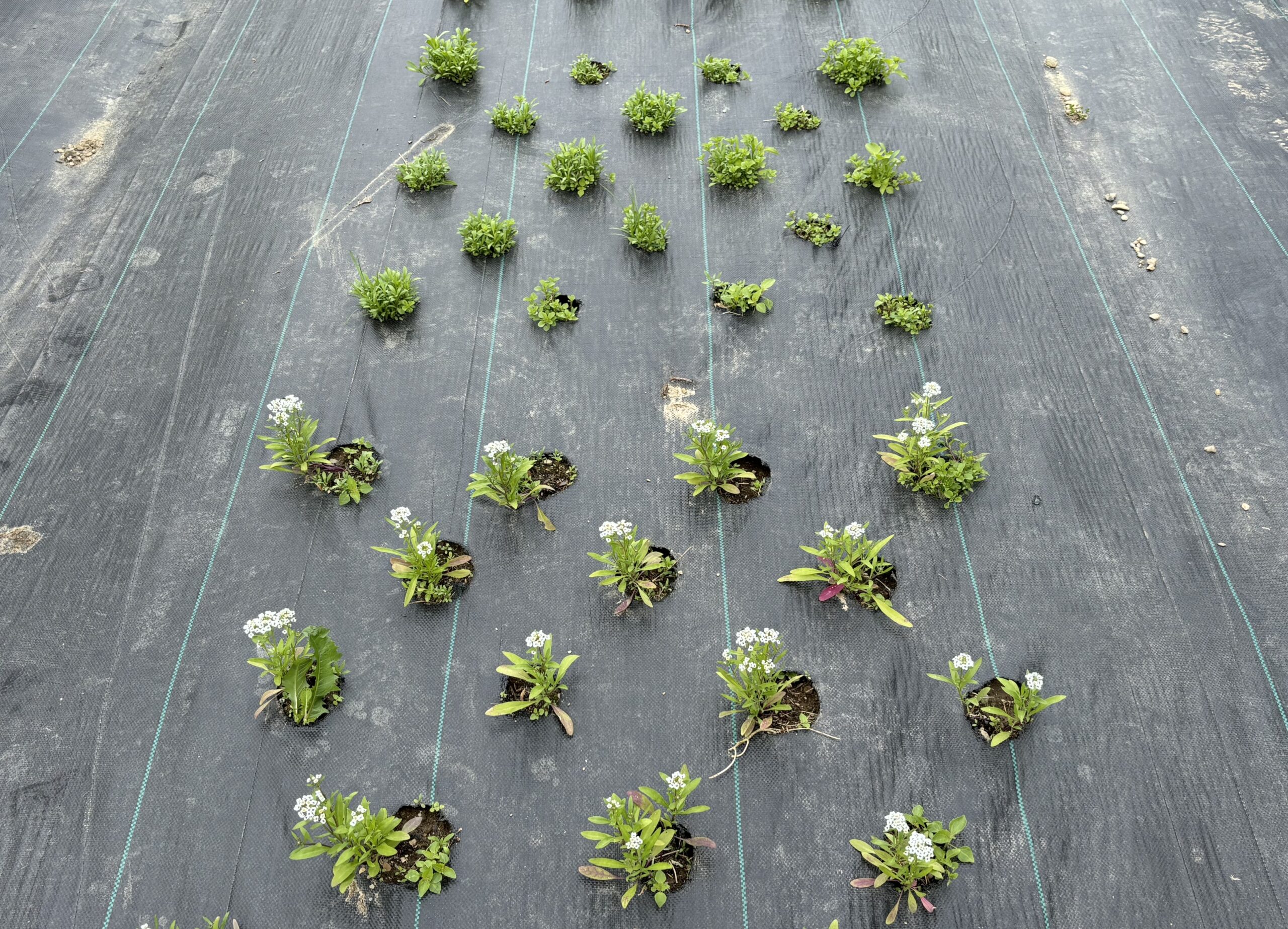
Some Beneficial Insects Observed on Alyssum and Tunnel Crops
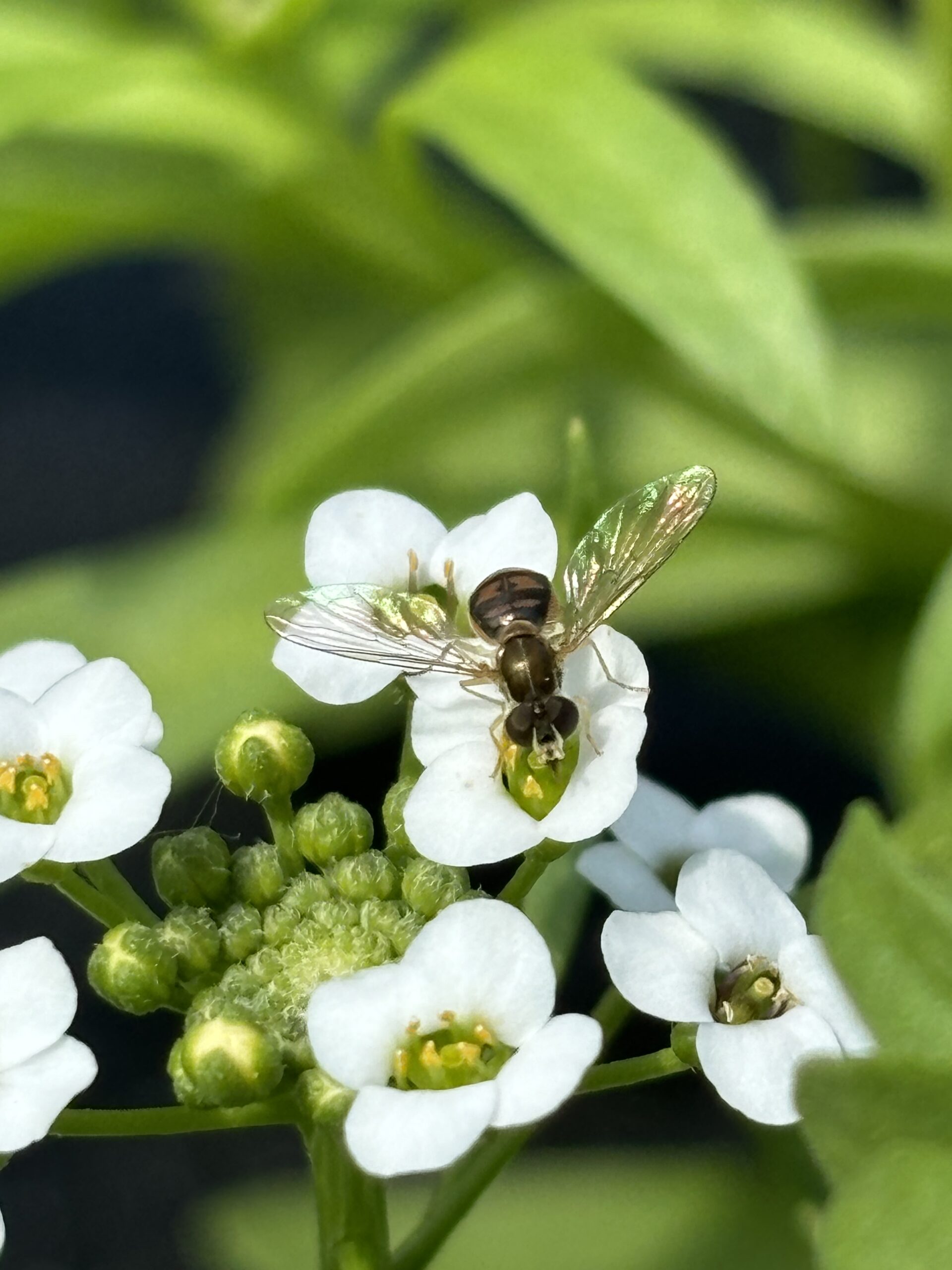
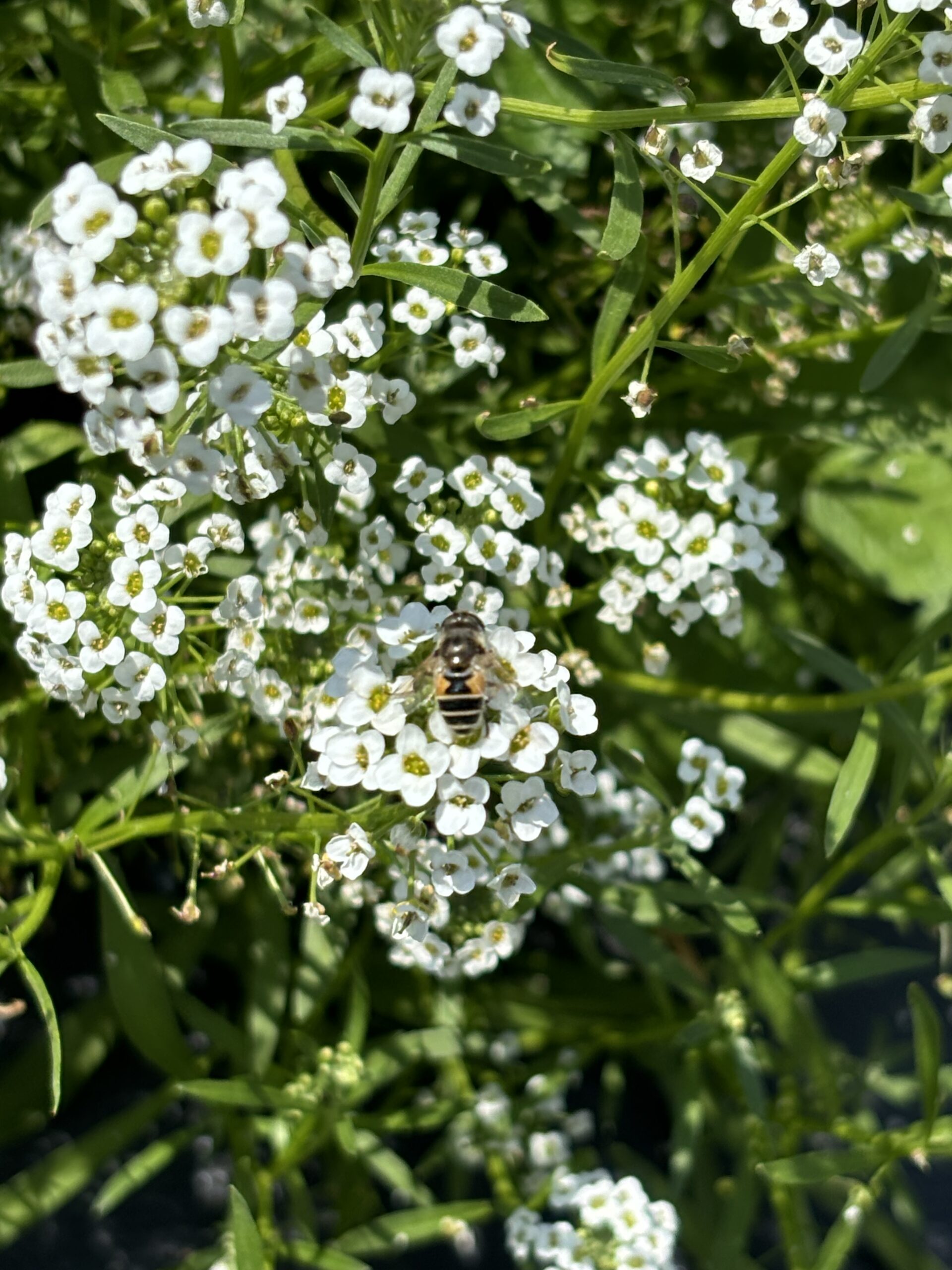




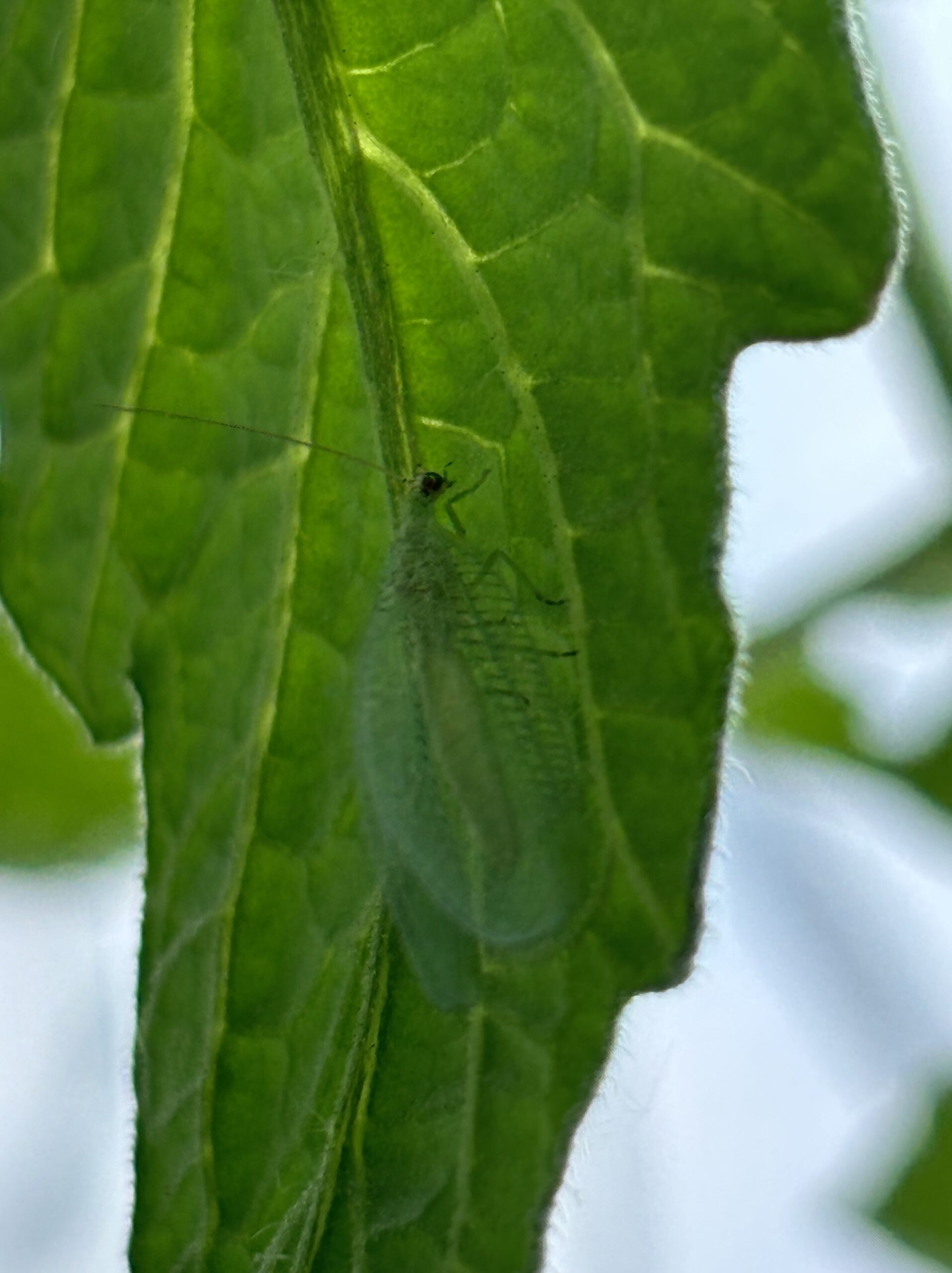
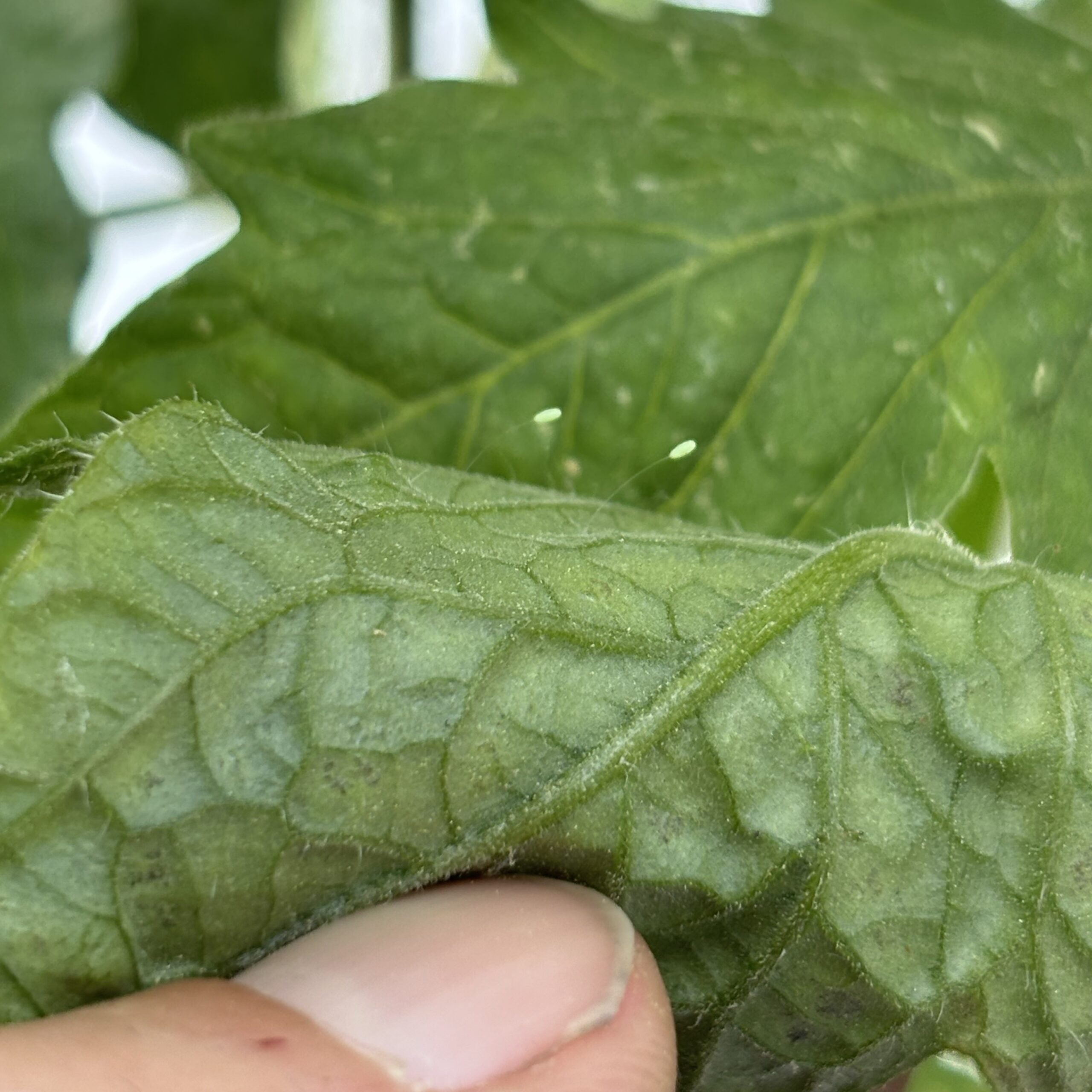
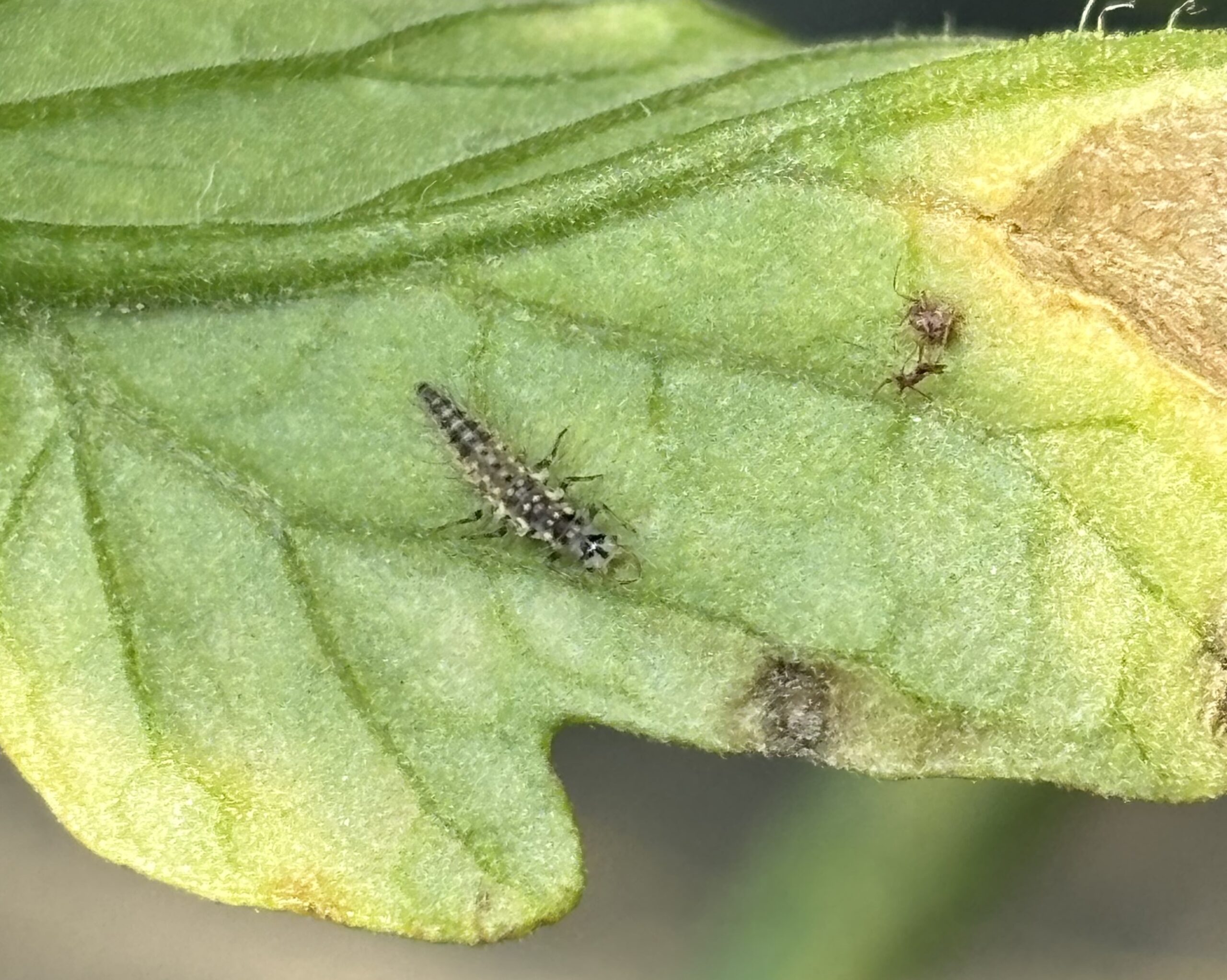

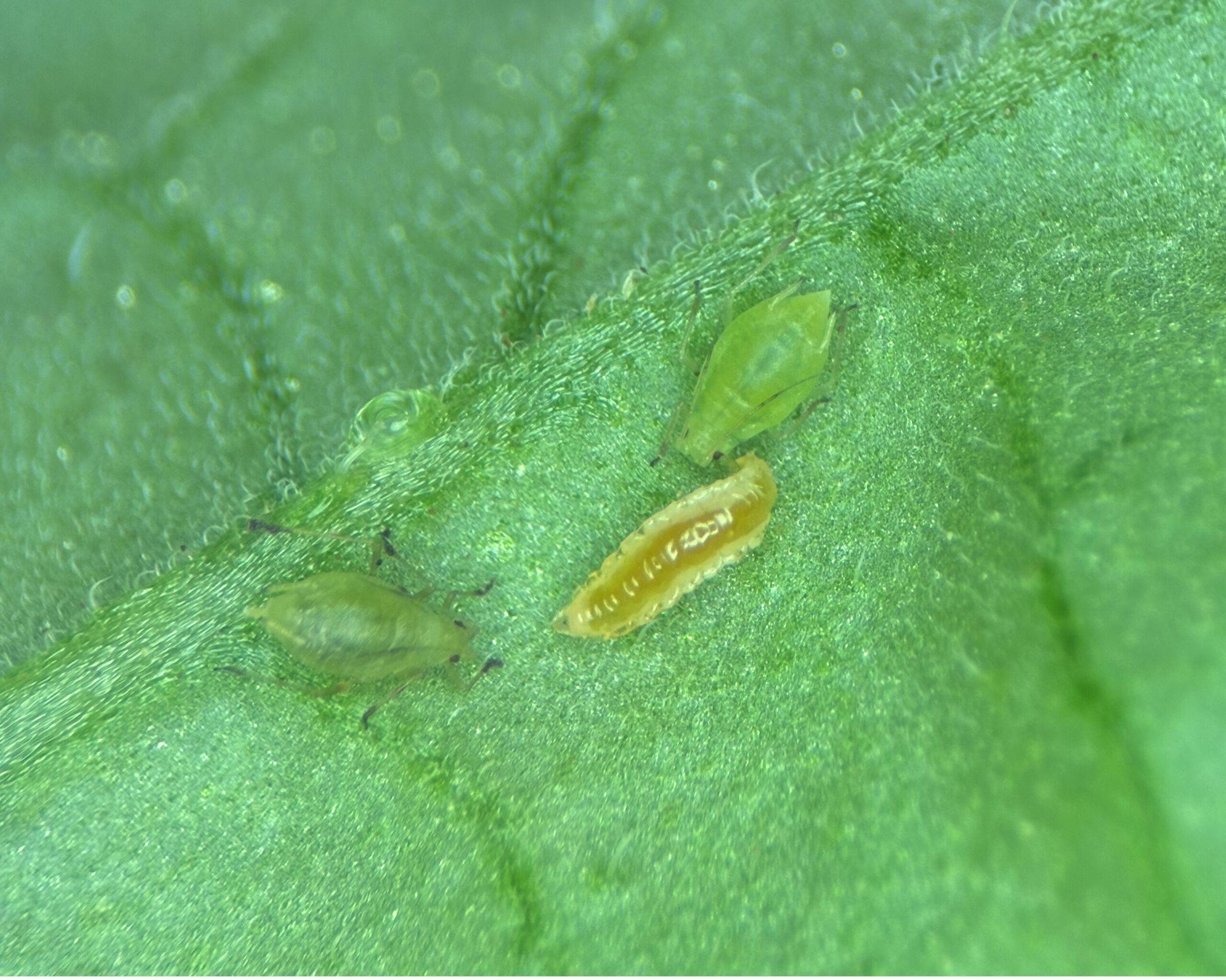

This research would not be possible without our farm collaborators and the funding provided by the USDA NRCS.

This work is supported by a USDA Natural Resources Conservation Service, Vermont Conservation Innovation Grant Agreement Number: NR231644XXXG003. The findings and conclusions in this project website have not been formally disseminated by the U. S. Department of Agriculture and should not be construed to represent any agency determination or policy.

